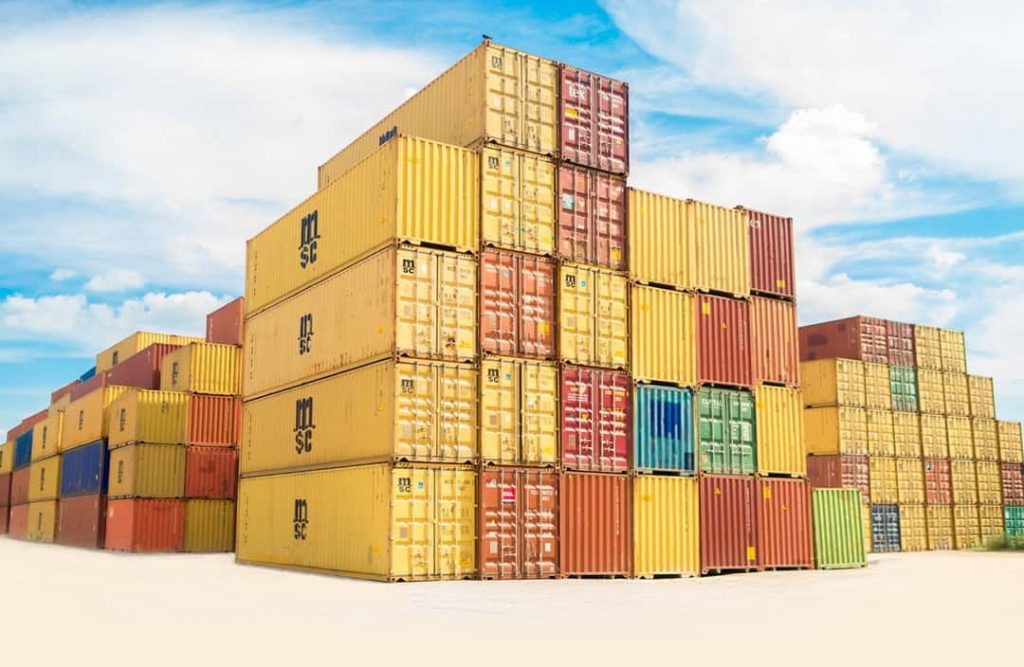The seaborne shipping trade around the world is worth about $12 trillion dollars, and container shipping accounts for about 60 percent of that trade. Is your company poised to participate in this massive market? If that is the case, you’ll need to purchase the right cargo containers from the right source.
Cargo containers may all look the same, but they’re actually not all alike. Before you make this investment, there’s some key information you should know. We’ve put together the essential basics right here — keep reading to learn what you need!
Buying Cargo Containers for Business Purposes
First, let’s take a look at the things you’ll need to know before you buy a cargo container for business shipping.
1. Specialty Containers Exist
The kind of container you should get depends on what you’ll be shipping. For example, if you’re shipping food items that could spoil or melt, you’ll want to look for climate-controlled options. If you’re shipping large machinery or other items that won’t pack well in standard containers, consider open-top containers instead.
For shipping vehicles such as boats, cars, or certain machinery, flat rack containers are your best choice. For liquids like oils or chemicals, you’ll need shipping tanks instead. And open-side containers work for certain vegetables that spoil in the wrong conditions, like potatoes.
2. Choose the Right Size
In addition to the type of container, you’ll also need to choose the proper size for your needs. Standard containers are often 8.5 feet high, while high cube containers are 9.5 feet high. The right size depends on what you’ll be shipping, as well as how much of it you’ll ship.
All shipping containers come in standardized sizes, which makes them easy to load and unload. For oddly-sized items, you’ll need one of the specialty container types listed above.
3. Consider Used or New
Plenty of used shipping container retailers can get you what you need at a discount. However, when you buy used, you might have a harder time finding the exact size and style you need. Thus, buying used is great if you’re buying a standard type of container. But for some specialty types, you might need to look for new containers.
4. Know the Shipping Methods
The goods you ship will usually make their journey in a number of different ways. First, they might travel via tractor-trailer across the land. Trucks can then load their containers directly onto cargo ships, to make the journey overseas. These large ocean ships follow fixed schedules and routes to save money while arriving on time.
Trains may also be used to ship goods on land — they’re actually more efficient than large trucks. Cranes can unload containers from a ship onto a train. Finally, smaller freight containers can get shipped by airplane. However, this option greatly limits how much you can ship at once, and it’s also much more expensive.
Buying Cargo Containers for Personal Use
Next, you might want a used or new cargo container for many non-business-related reasons. Here’s what you should know before you make the purchase.
1. Consider Storage
Storing your shipping container can pose its own challenges. Before you buy, check to see if you’ll need a permit to put a shipping container on your property. Typically, you’ll need a permit to store these containers in highly public spaces or residential areas. But if you live in a more rural area, you might not need a permit.
If you want to have the container on your property permanently, the requirements may be different than those for temporary storage. Know what you’re getting into before you buy, so you won’t get hit with fines or other trouble.
2. Know How Long You’ll Need it For
Often, it’s tempting to rent a container rather than buying one. But if you plan to use it for a couple of years or more, it makes more financial sense to buy one. When you buy a shipping container for personal use, it’s helpful to have the option to customize and make changes to it. Why rent a container that you have to send back intact, when you could buy one and modify it exactly how you want?
3. Get Your Site Ready
You’ll need to prep the permanent site of your shipping container before it arrives. The exact prep depends on what you’ll use the container for, and how long it will be there. Dry, level land won’t need much, or any prep, before it can host a shipping container. But damp or uneven land might need to get filled or regraded first. Land that’s rocky, sloped, or prone to floods is never good for a shipping container. Choose the space wisely, and you’ll have less work to do in the end.
4. Think About Security
Some shipping containers have built-in security measures. These can be helpful if you plan to use the container for purposes like storage. If your container doesn’t have a lock, you can also buy an exterior bolt lock for protection. However, some containers come with interior locking mechanisms instead, or you can have one installed. These offer better security since they can’t be destroyed with a pair of bolt cutters.
You might need different locking mechanisms altogether if you plan to turn your container into a home or business. In this case, you’ll probably need to install doors and windows with more standard lock styles.
5. Buy the Right Features
Just as with shipping containers for business purposes, you should also consider the features of a container for personal use. Look for door entry options, shelving, windows, and other features that will make your container easier to work with. You can also buy from a brand that offers container modifications.
Where to Find Cargo Containers
Now that you have a clear idea of what you need, it’s time to find the company that sells the right cargo containers at a reasonable price. Did you know that you can find shipping containers for both business and personal use at just one retailer? We’ve got the containers to meet all kinds of needs — learn more about what we have to offer here!










